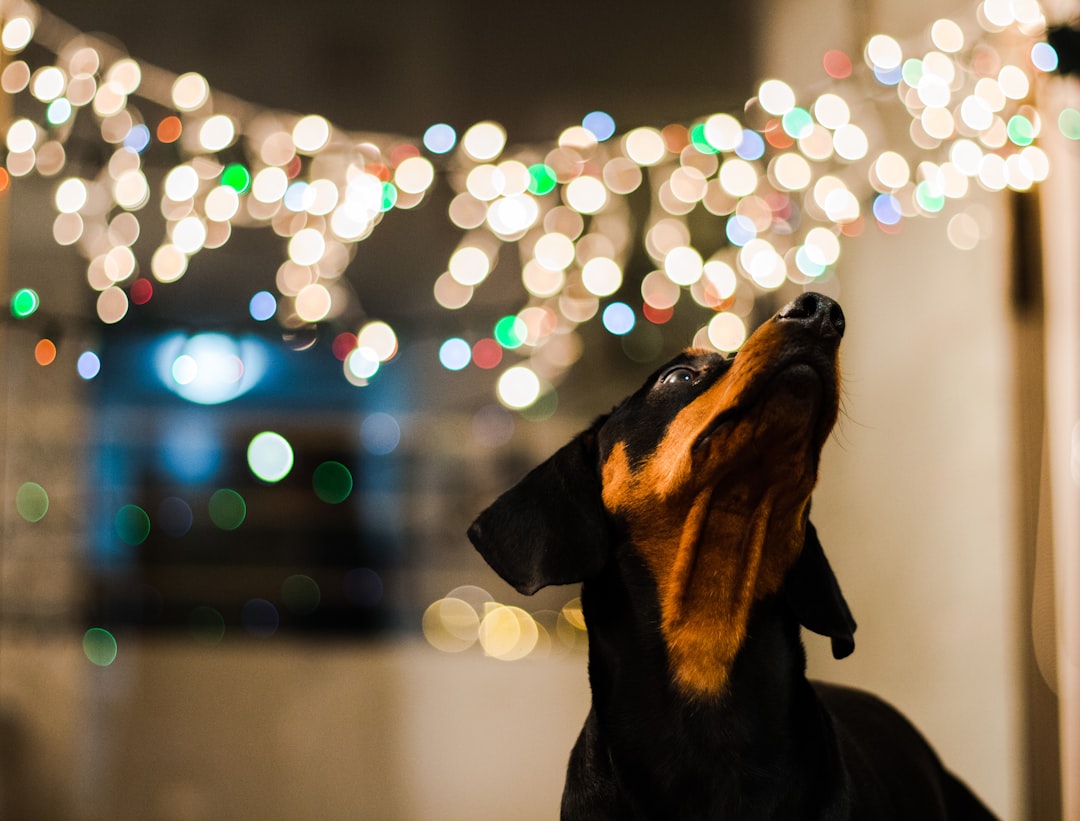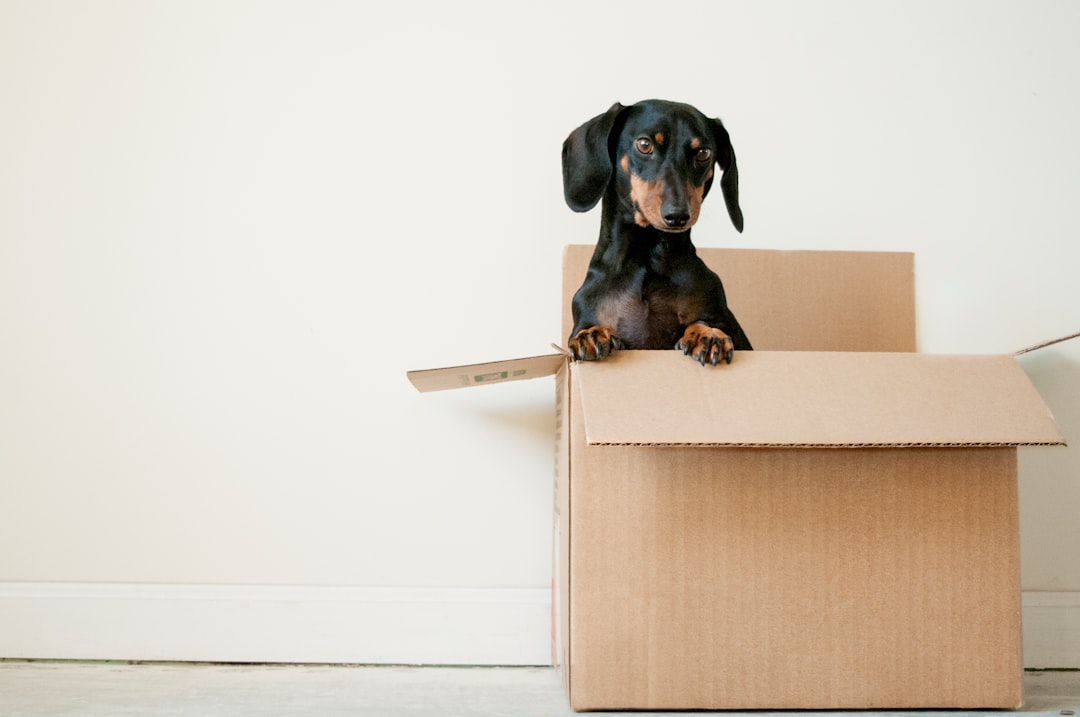If you’ve ever dreamt of owning a dog that’s a little (okay, a lot) larger than your average bear, meet the Deerhound! With a personality as gentle as its giant stature, the Deerhound is the canine equivalent of a friendly giant from a fairy tale. But don’t let those floppy ears and shaggy fur fool you—they require some serious TLC to keep them in tip-top shape. Buckle up and get ready to dive into the world of Deerhounds, where hugs are mandatory, and chew toys have a surprisingly short lifespan!
Physical Characteristics of the Deerhound
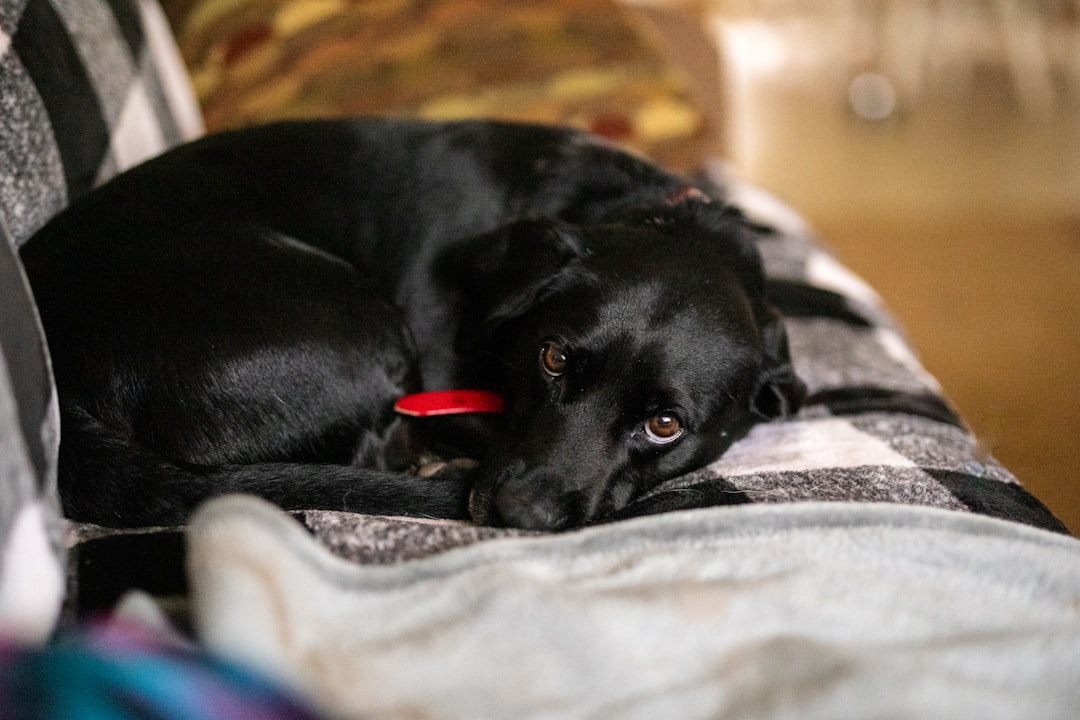
Deerhounds, the gentle giants of the canine world, boast a physique that’s both striking and functional. Here are some key features that make these furry friends the talk of the dog park:
- Size Matters: Standing at an impressive 28 to 32 inches tall, Deerhounds are not your average lap dogs. Beware—those with a penchant for cuddly breeds might get a surprise hug!
- Weighty Wonders: These pooches can weigh anywhere from 85 to 110 pounds. That’s a lot of dog love, folks!
- Sleek and Strong: With their long, slim legs and deep chests, Deerhounds embody grace and power. Think of them as the greyhound’s cousin who hit the gym a little too hard.
- Fur-tunately Fluffy: Their wiry, coarse coat comes in shades of gray, brindle, blue, or fawn. Just remember: it’s not their fault if they stop traffic!
- Eyes Full of Wisdom: Those kind, expressive eyes can make anyone weak at the knees, reminding you that this gentle giant is actually a big softy.
In summary, the Deerhound isn’t just a pretty face; it’s a perfect blend of size, strength, and sweetness. Who could resist such a majestic companion?
Temperament and Behavior Traits
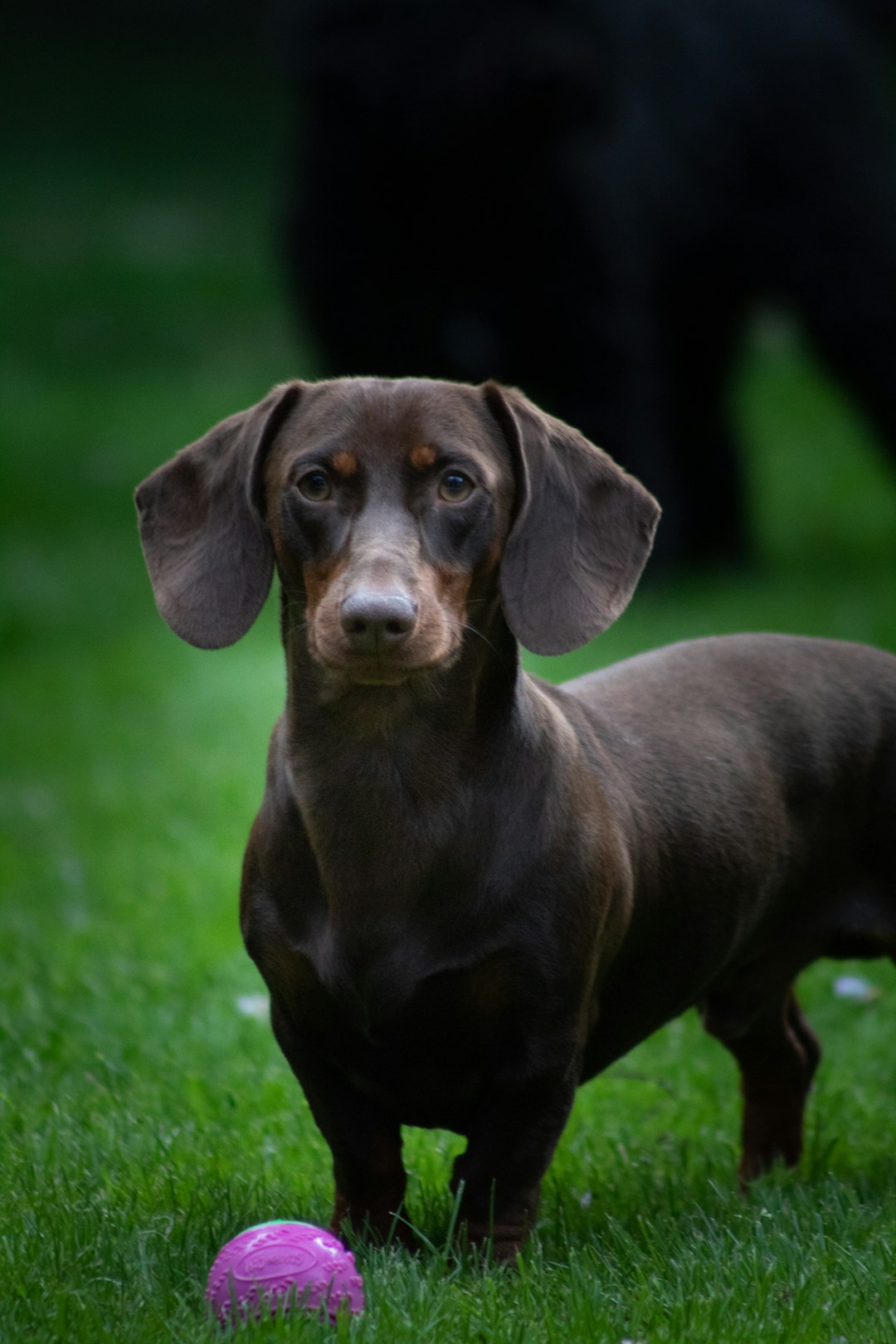
Ah, the Deerhound! Known as the gentle giant of the dog world. They possess a temperament that could make even the grumpiest cat crack a smile. Here’s what you can expect from these lovable furballs:
- Affectionate: Deerhounds just love to snuggle. They think they’re lap dogs; it’s adorable and a bit hilarious when they awkwardly try to fit on your lap!
- Laid-back: Forget hyperactive companions! These peaceful pooches prefer lounging around while dreaming of chasing imaginary rabbits.
- Gentle with Kids: They handle kids with the finesse of a ballet dancer. Just be cautious about their sheer size; a Deerhound can unintentionally bowl over a toddler during playtime!
Quick Comparison of Temperament
| Trait | Deerhound | Other Breeds |
|---|---|---|
| Affectionate | ⭐⭐⭐⭐⭐ | Mixed |
| Calmness | ⭐⭐⭐⭐⭐ | Often Active |
| Good with Kids | ⭐⭐⭐⭐ | Varies |
To sum it up, Deerhounds are like the cozy blanket of dogs—warm, friendly, and surprisingly comforting! Just be prepared for an occasional giggle or two as they might stumble over their own paws while tripping over love!
Grooming Needs and Maintenance
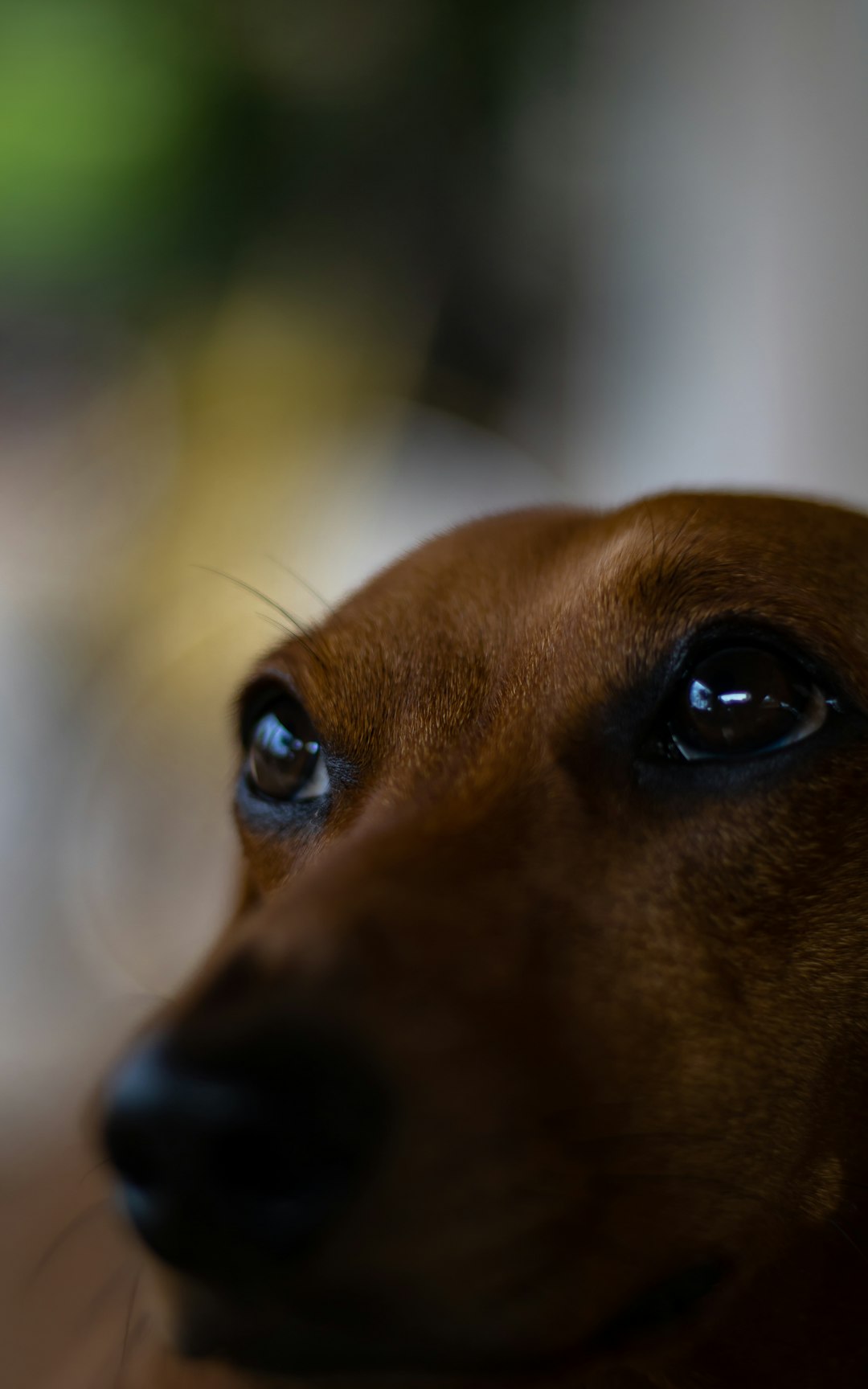
Ah, the majestic Deerhound! Not only do they look like they’ve just walked off a Renaissance painting, but they also have a grooming routine that’ll make your hair stylist weep with envy. Here’s the scoop on keeping your gentle giant looking fabulous:
- Brushing: Give that glorious coat a good brushing at least once a week. This helps to prevent matting and allows the Deerhound to flaunt its natural glory. Plus, it works as a great bonding experience. Who doesn’t want a giant dog all snuggled up during a brushing session?
- Bathing: These dogs don’t need baths too often; once every two to three months is typically enough. Otherwise, they might just think you’re trying to ruin their natural scent—an important factor in the world of canine socializing!
- Nail Clipping: Keep those claws trimmed to avoid turning your living room into a scene from a horror movie. Aim for a trim every 4-6 weeks. After all, we want our Deerhound showing off those toes at the dog park, not getting stuck on every surface!
- Ear Cleaning: Give those floppy ears some love! Check them regularly for dirt and debris, as they can be a breeding ground for troubles. Nobody wants an ear infection on top of their gorgeous fur!
With a little love and care, your Deerhound will look like it just came off the runway—minus the ridiculously expensive outfits, of course!
Nutritional Requirements
Feeding a Deerhound can be a walk in the park—if that park is big and filled with neat food stalls! 🥳 These gentle giants do have some unique dietary needs, however, so here’s the scoop on keeping your furry friend full and fabulous:
Key Nutritional Tips for Your Deerhound:
- High-Quality Protein: Look for kibble that lists real meat as the first ingredient. Deerhounds need protein to fuel their playful monster energy levels.
- Healthy Fats: Don’t skimp on those fats! They help keep their coat shiny and skin healthy. Think about omega-3 and omega-6 fatty acids—nature’s way of saying, “This dog should look stunning!”
- Carbohydrates: Deerhounds might not be known for sprinting coffee runs, but they do need carbs for energy. Whole grains and veggies can provide that extra boost!
- Hydration: Always keep fresh water available. Deerhounds may forget to drink if they’re busy being goofy.
Pro Tip:
Consider investing in a slow feeder for your Deerhound. They’ll eat at a pace that won’t produce a blur of teeth and slobber, plus it helps prevent bloating—no one wants a bloated bunny-sized buddy!
Remember: Happy Deerhound, happy life! 🎉
Exercise and Activity Levels
Ah, the Deerhound—the gentle giant who thinks it’s a couch potato but secretly has the heart of an Olympic athlete! If you’ve got a Deerhound, get ready to trade in your Netflix binge sessions for some serious outdoor adventures.
Here’s what you need to know about their exercise and activity levels:
- Daily walks: Aim for at least 1-2 hours a day. Think of it as their attempt at becoming the next dog park influencer.
- Zoomies: Give them space to run. These magnificent beasts can reach speeds up to 30 mph, so make sure your backyard is free of any tiny toys (and that your neighbors aren’t out on the lawn!).
- Playtime: Engage in activities like fetch or agility games. They might not win paws of the year, but amuse them enough, and they’ll consider you their best friend (sorry, couch).
In summary, while a Deerhound enjoys lounging around, balancing chill time with plenty of exercise keeps these gentle giants happy and healthy! So grab that leash and get ready for some fun—your Deerhound is counting on you!
Training and Socialization Tips
Training a Deerhound is like getting a giant, fluffy cloud to roll over – it’s all about the right approach! While they aren’t exactly known for their speedy reactions (give them a moment to process), these gentle giants can be surprisingly eager to please! Here’s how to wrangle your majestic pup:
- Start Early: Think of the first few months as crafting a masterpiece—the earlier, the better! Begin with basic commands like “sit” and “stay,” and watch your Deerhound shine like a star!
- Consistency is Key: Picture it as a game of “Simon Says,” but make sure you’re the Simon! Use the same cues and rewards; your Deerhound will appreciate the clarity.
- Positive Reinforcement: Treats? Yes, please! Think of them as the golden tickets of dog training. Give your Deerhound praise and delicious snacks for every little victory.
- Socialization is Crucial: Introduce your Deerhound to different people, pets, and environments. It’s like throwing a party—everyone’s invited, and the more, the merrier!
With patience and love, your Deerhound will transform into a well-behaved, heart-melting companion ready to conquer the world—or at least the neighborhood park!
Choosing the Right Environment for a Deerhound
Selecting the perfect digs for your magnificent Deerhound is crucial. After all, these gentle giants need a palace that suits their dignified stature (and their occasional clumsiness)! Here’s what you need to keep in mind:
- Space to Roam: Think about adopting a mini kingdom! A spacious backyard is ideal since Deerhounds love to stretch their long legs.
- Fenced Fun: Make sure to have a sturdy fence, because chasing squirrels is a full-time job for a Deerhound!
- Indoor Luxury: They love to lounge, so cozy dog beds and plenty of room on the couch will make them feel like royalty.
- Temperature Control: Deerhounds aren’t fans of extreme weather. Ensure the environment is climate-controlled to keep them cool in summer and warm in winter.
A Quick Comparison Table
| Feature | Ideal for Deerhound |
|---|---|
| Space | Large yard preferred |
| Fencing | 6+ foot fence recommended |
| Indoor Comfort | Soft beds & couches |
| Climate | Temperate climate expert |
With these considerations, your Deerhound will transform your home into a furry utopia!
Choosing the Right Environment for a Deerhound
So, you’ve got a Deerhound—congratulations! You’ve got yourself a gentle giant with a heart as big as their paws. Now, let’s ensure your home sweet home is as comfy as a Deerhound in a sunbeam.
Environment Essentials:
- Space to Roam: Deerhounds thrive in spacious areas. A cramped apartment? Think again! They need room to stretch their long legs and lounge like royalty.
- Fenced Yard: If you have outdoor space, a securely fenced yard is a must. These graceful hounds don’t just run; they gallop! Ensure your fences are “Deerhound-proof” to keep them happy and safe.
- Indoor Comfort: Don’t forget about comfy spots inside the house. A soft bed is crucial for those peaceful naptimes—all 18 hours of them!
- Temperature Control: Since Deerhounds have short coats, they’re like BBQ chicken on the grill in the heat! Provide a cool space during the summer to avoid any “deer-heat” situations.
Overall, creating the right environment will help your Deerhound flourish while you enjoy their goofy, loving nature. Happy dog parenting!
Frequently Asked Questions
What exactly is a Deerhound and why should I care about them?
Picture this: a dog so regal it makes royalty look like they just rolled out of bed. That’s your Deerhound! These gentle giants are a mix of grace, strength, and enough cuddles to sink a ship. Originating from Scotland, they were bred to hunt deer (hence the name), but these days, their skills include excessive lounging and making you adore them with every wag of their tail. Caring about Deerhounds means loving a big ol’ softie who’ll be your best friend on chilly nights, just don’t forget your own space on the couch because they take up a lot of room!
How much exercise does a Deerhound need?
Ah, the exercise question! Think of a Deerhound as that friend who can’t decide if they want to hike for five hours or spend the day napping like a cat. Ideally, they need a good run or a walk every day (about an hour), to stretch those long legs and show off their impressive speed. You might want to clear the furniture out of the way though; these pups can go from ‘couch potato’ to ‘deer-chasing machine’ in the blink of an eye. Just be careful; if they do take off, you might need a map and a sandwich to find them again!
What food should I feed my Deerhound?
Feeding a Deerhound is a bit of a craft; think of it as cooking for a tiny horse! These massive furballs need a diet rich in protein and healthy fats to keep their lean muscles fueled for their daily adventures (and naps, obviously). High-quality commercial dog food works wonders, or if you’re feeling fancy, you could try your hand at the raw diet trend – just don’t let them know you’re using leftovers. They’ll expect steak every meal! And remember, portion control is crucial; a Deerhound would happily demolish a buffet while giving you those irresistibly sad puppy eyes.
Do Deerhounds shed a lot? What’s the vacuum situation going to be like?
Oh, sweet heavenly furballs! Yes, Deerhounds do shed, but fear not! It’s not like they’re trying to recreate the fur-filled set of a ‘The Lion King’ musical. Their short, coarse coat sheds moderately, meaning you won’t wake up to a full deer-hair carpet in your living room – unless you let them lay there all day like the royal beings they are. Regular grooming will keep the shedding down to a manageable level, and your vacuum might just need to work a little harder than usual on hairy days, but hey, who doesn’t need a little cardio?


